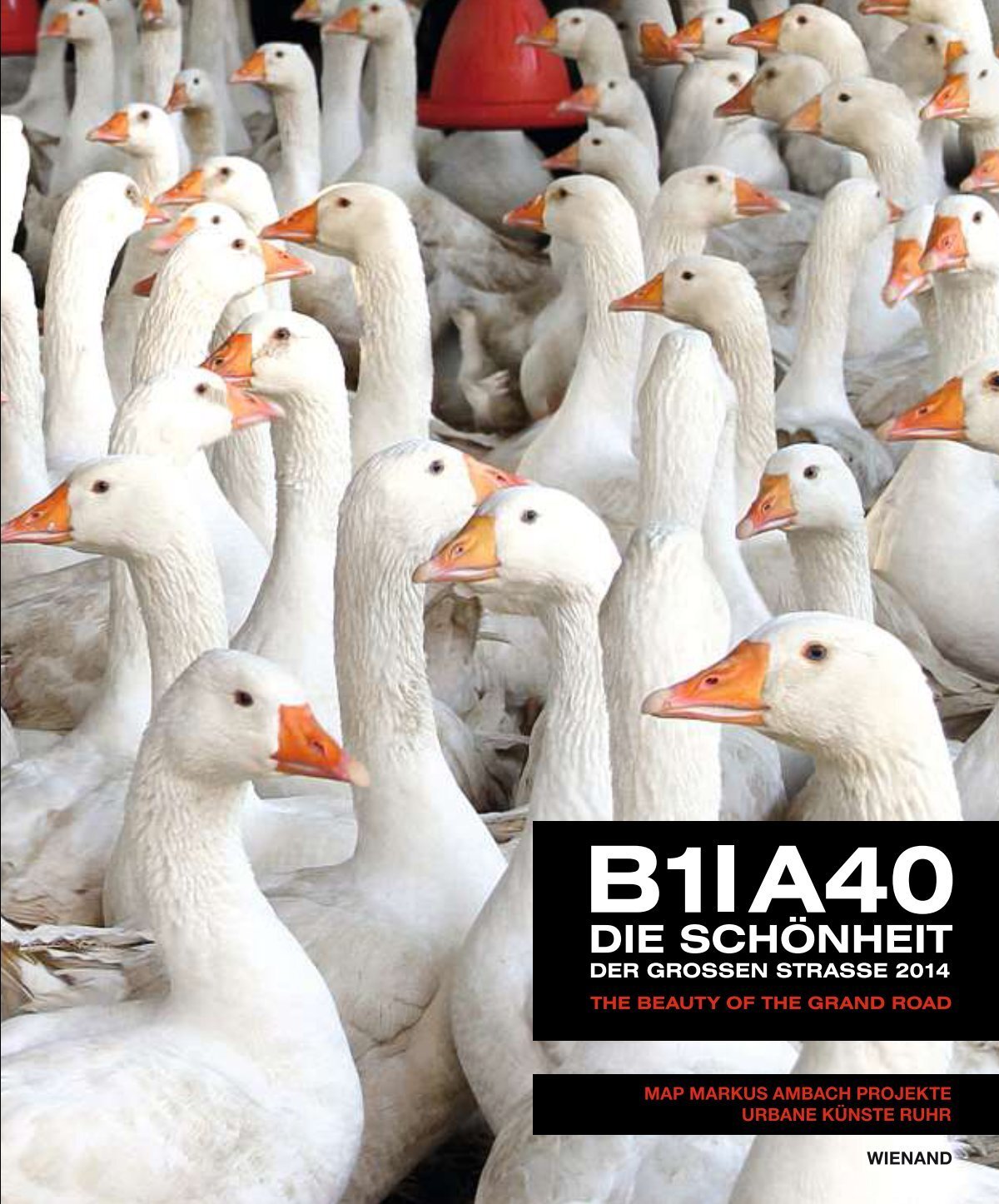
Title: The Geometry of Intuition in Carrion Crows
Introduction
What is required to perceive the delicate mathematics of the universe: a square angle, the symmetry of balance, the interaction of lines? For hundreds of years, humanity has utilized geometry as a fundamental aspect of scientific reasoning, spanning from ancient Greek thinkers to contemporary engineers. Recent studies, however, indicate that we may not possess this geometric intuition alone. Carrion crows (Corvus corone), celebrated for their intelligence and adaptability, are providing intriguing insights into our collective biological grasp of shapes and structures.
The lyrical opening of this piece captures the understated yet profound knack for recognizing what fits—an unspoken understanding transcending language and rationale. This is the kind of awareness that the carrion crows displayed in a recent investigation: an acknowledgment not taught nor labeled, but inherently realized.
The Study: Is Geometry Exclusive to Humans?
A team of researchers from the University of Tübingen aimed to investigate whether carrion crows could perceive and react to geometric regularities—like right angles, straight lines, and reflective symmetry—without any prior training or linguistic assistance. Through a series of visual experiments, they presented the crows with different groups of seven shapes, including one “intruder”: a shape that was subtly distinct in its geometric attributes.
The outcomes were notable. The crows identified the intruding shape with remarkable accuracy, particularly when it disrupted a geometric sequence. Strategies such as recognizing deviations from symmetry or angles that strayed from orthogonality were instinctual for the birds. Furthermore, the crows adapted their attention without requiring extensive training—a stark contrast to many species that improve only under rigorous conditioning.
What Crows Teach Us About Cognition
These results imply that carrion crows possess an innate sense of geometric structure, challenging the notion that mathematics and geometry are exclusively human inventions. Traditionally, geometric reasoning has been considered an extension of verbal or cultural education—something transmitted through symbolic thought and formal instruction. However, the crows’ capabilities present an intriguing alternative: that such ability may be biologically embedded and evolutionarily maintained.
Geometric regularity can be observed throughout nature: the radial symmetry of a blossom, the hexagonal structure of a honeycomb, the spiral form of a nautilus. It would be evolutionarily advantageous if animals were innately attuned to such patterns, which often indicate structure, safety, or biological significance. This fundamental sensitivity may be woven into neural networks as a means to navigate a complex three-dimensional world—a “bone-script of edge-meet and mirror-mark,” as elegantly articulated.
Watchers of Wings and Knowers of Lines
Carrion crows belong to the corvid family, known for their exceptional intelligence, problem-solving skills, and tool use. Sometimes referred to as “feathered apes,” these birds display capabilities such as foresight, planning, and even analogical reasoning—traits once regarded as exclusive to primates. Their brain architecture, while not mammalian in appearance, reflects a degree of functional complexity comparable to our own prefrontal cortex, facilitating advanced cognition without adhering to the same evolutionary trajectory.
This enhances the significance of their ability to recognize geometric patterns. It highlights the idea that intelligence and perception can evolve in disparate species under similar ecological and cognitive demands, a phenomenon identified as convergent evolution.
Reevaluating the Essence of Mathematics
The traditional perspective of mathematics regards humans as the architects and users of abstract frameworks to simulate the world. But what if we are not the only entities engaged in this perception? If crows possess even a basic intuition for shapes and symmetry, it may imply that the foundations of mathematics reside deeper in our shared evolutionary history than previously acknowledged.
Instead of viewing math as entirely separate from nature, this reframes it as something that arises from it—as a natural dialect of patterns and forms, one that certain species can instinctively interpret. As the poem articulates: “It does not take / a name / to know what fits… / There is no trick / to the seeing / – just the long thread / of pattern / wound tighter / than thought.”
Conclusion
The carrion crow perched in the treetops may not label the angles it notices or compute the length of a line, but it discerns—visually, instinctively—when something is askew, overly bent, or misplaced. Its perception acts as a subtle reflection of our geometric reasoning, reminding us that understanding the shapes of the world arises not merely from blackboards and textbooks, but from something older, more intuitive, and potentially communal.
This research paves new avenues not only in decoding animal cognition but also in redefining the gaps between humanity and nature, science and creativity. It serves as a reminder, as the poem poignantly expresses, that “seeing” transcends calculation—sometimes, it embodies recognition in its most authentic form.
Further Reading & Discovery
The initial research cited in this article can be found in